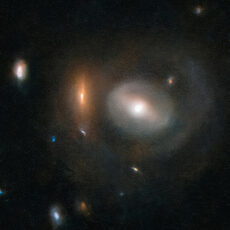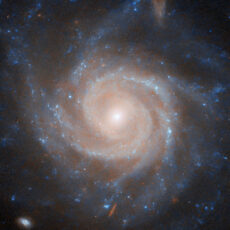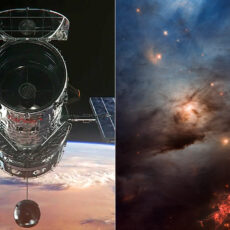
NASA / ESA’s Hubble Space Telescope observed a a swarm of boulders that were ejected from asteroid Dimorphos when NASA crashed their half-tonne DART impactor spacecraft into it at approximately 22,500 km per hour.

There were a total of 37 ejected boulders, ranging in size from 1 m to 6.7 m across, based on Hubble photometry. They are drifting away from the asteroid at around 1 km per hour, with the total mass in these detected boulders is about 0.1% the mass of Dimorphos. Astronomers believe that they could be part of an ejecta plume that was photographed by Hubble and other observatories.
- PERFECT ENTRY-LEVEL TELESCOPE: The Celestron PowerSeeker 70EQ is an easy-to-use and powerful telescope. This 70mm refractor telescope offers enough...
- MANUAL GERMAN EQUATORIAL MOUNT: With its slow-motion altitude rod, the German Equatorial mount allows you to navigate the sky with ease. Find...
- COMPACT AND PORTABLE: The ideal telescope for adults and kids to use together, the PowerSeeker is compact, lightweight, and portable. Take it to your...
The boulders are most likely not shattered pieces of the diminutive asteroid caused by the impact. They were already scattered across the asteroid’s surface, as evident in the last close-up picture taken by the DART spacecraft just two seconds before collision, when it was only 11 km above the surface,” said the ESA.







